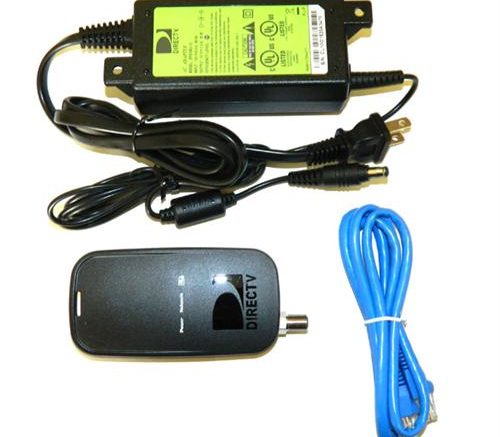Here’s one simple fact. Millions of you are cutting the cord. Don’t blame cable or satellite companies, but costs are out of control. (The real blame goes to greedy content providers, actually.) You’ve decided to make a go of streaming, and now you have a lot of copper wire running through your home. What can you do?
Don’t tear it out
You could probably get about $10 for all the copper wire in your home if you decided to recycle it. It’s more valuable sitting right where it is. With the help of a few simple adapters, you can use it to get real hardwired networking where you need it. The key is using MoCA adapters.
This tutorial will give you the basics of creating a MoCA network for those people who have been using a DIRECTV SWM system. If you’re using something else, it’s a little more complex, but at the end of the article I’ll point you to a guide that will let you rewire things to mimic a DIRECTV SWM system.
The solution: DECA adapters.
You’ll need one adapter like the one at the top of this article for every location where you want hardwired networking, plus one near the router so you can connect to that. (Can’t get to the router? There’s a solution there too.)
The DECA adapter was developed by DIRECTV to allow network traffic to travel over coax cables. They used it to share programs between receivers. You can use it for anything that needs hardwired Ethernet. The adapter does only one thing: coax goes in one side, Ethernet cable comes out the other side. It’s so easy.
Why hardwired networking?
Unless you’ve invested a lot of money in access points throughout your home, you probably have dead spots in your Wi-Fi. If one of those dead spots is near your TV, you’ll have trouble streaming. The streaming box will act slowly, you won’t get HD or 4K from it, and the whole experience won’t be any fun. It could ruin your plans for streaming. A network cable will give you the fastest, smoothest experience in most cases. Most streaming boxes and smart TVs have Ethernet connections, making it easy to plug in.
Basic installation
1. Put in the DECA adapters
Connect a DECA adapter to the coax in every room where you want Ethernet. Connect another adapter close to your router, and connect its Ethernet cable to your router. The adapters also need to be plugged into AC power coming from the wall.
2. Connect the Ethernet cables
Connect the Ethernet cables coming from the DECA adapters to anything that you want to get networking. If the supplied cable is too short, you can replace it with pretty much any Ethernet cable.
3. Terminate unused cables
Use a barrel connector and a terminator at the end of any cable that isn’t connected to anything. You don’t have to use the ones I linked to, if you have some lying around.
4. (Optional) reboot your streaming devices
Some streaming devices need to be rebooted in order to use wired Ethernet.
Troubleshooting
The big thing you need to worry about is whether or not you have a green light on all the adapters. If you do, then they are all connected to each other. You can also look at your router to see if the traffic light is flashing on the ethernet port. That will give you some idea if things are set up.
There is a limit of 16 DECA devices that can be used total, but if you need more than that, you can use Ethernet switches to give yourself more ports. Just connect the DECA to the OUT, WAN or AUTOSWITCH port on the switch. (Different switches are labeled differently.)
If you don’t have coax cable near your router…
You can use a wireless DECA to make that last hop. Explanations on how to program it are found in the tutorial at the bottom.
Need to adapt a cable TV system to use DECAs?
Here’s the tutorial I was talking about. Although it’s a little dated (DIRECTV customers don’t need it anymore) it will take you through the whole process of connecting any sort of system together. In general you will need to replace splitters inside the house and there isn’t much more to it than that.





